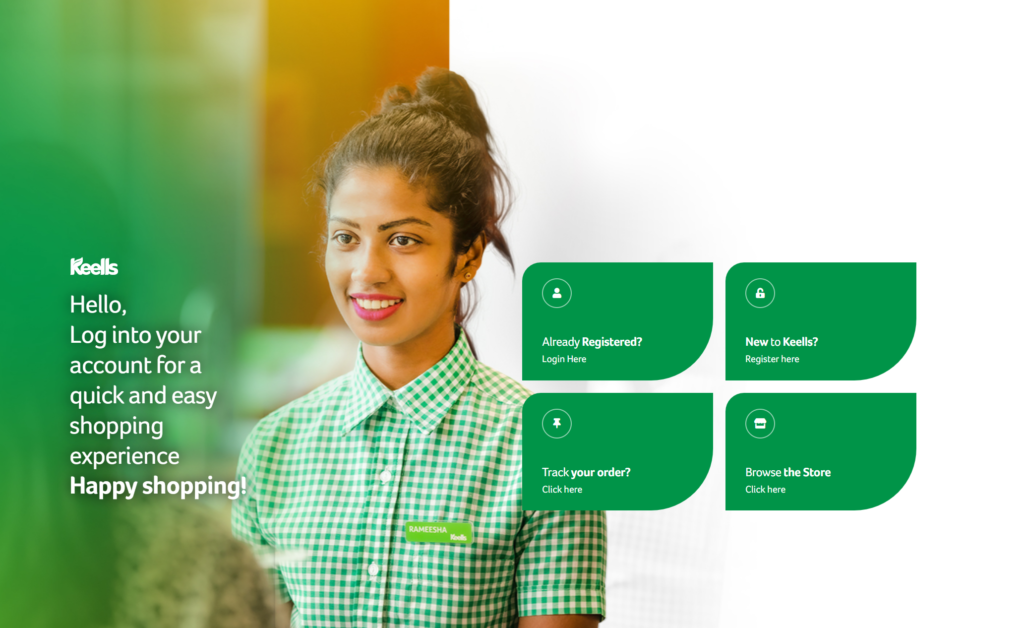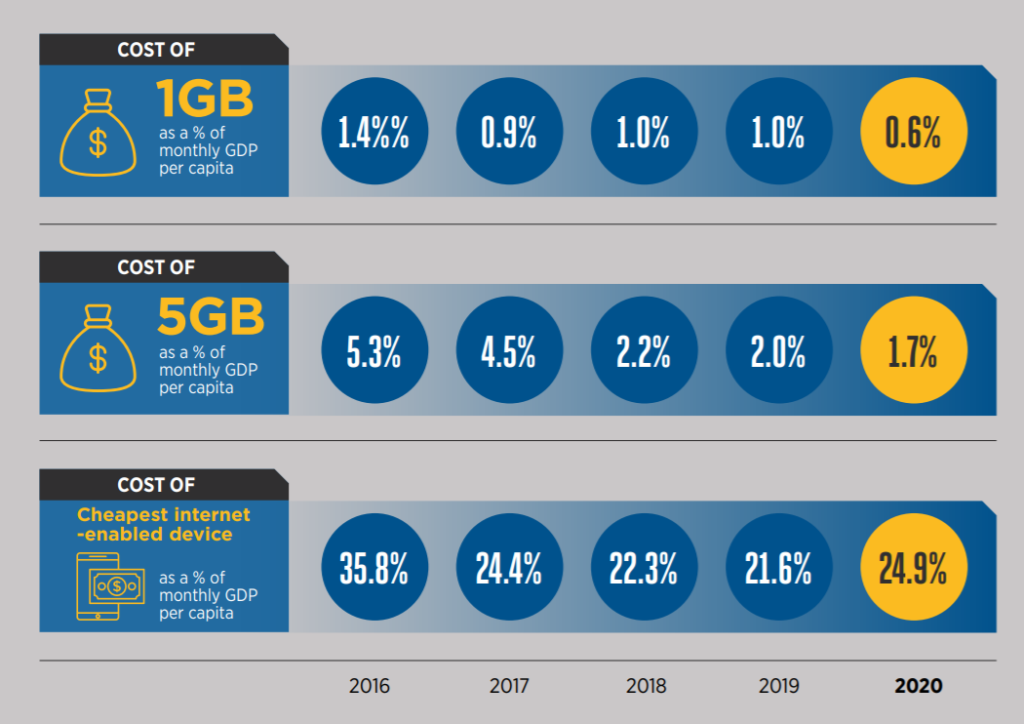The Daily Mirror recently reported that “according to the latest data available through June this year, 20.6 million Sri Lankans had some form of internet connection”. While the prospect of having over 90% of the population connected to the internet is exciting, the truth however isn’t as straightforward as the Daily Mirror figure suggests.
Though unspecified, the data source for the Daily Mirror figure is likely the TRC’s statistics report for June 2021. It states that by June 2021, Sri Lanka recorded 2.359 million fixed broadband subscriptions while over 18.269 million have mobile broadband subscriptions (3G and 4G). The tally does indeed comes to 20.6 million, but it should be noted that those numbers aren’t mutually exclusive by any means. For example, a single person could own a fixed broadband connection as well as a mobile broadband connection. That doesn’t mean the same person should be counted as two people.
Soaring digital adoption
But that’s not to say that digital adoption has been low. In fact, the “we are social” Digital 2021 report for Sri Lanka points out that internet penetration was at 50.8% (10.9mil) by January 2021, an increase of 800,000 (YoY). The same report indicates that the number of social media users increased by 1.5 million as of January 2021.
Even TRC’s June 2021 statistics report shares a similar trend. Compared to the June 2020 figure of 11.484 million mobile subscriptions, adoption has shot up by 59% (YoY) along with fixed broadband reporting a 30.3% uptick. It’s a clear indication that digital adoption is indeed picking up fast owing to the pandemic. The combination of more people switching to working from home, online education, and the increased reliance on online-based services spell for a lot of opportunities for Sri Lanka’s digital future.

Internet affordability is still a problem
However, actual usage may paint a slightly different picture. The Department of Census and Statistics indicates that only 36% of the population between the ages 5-69 have used the internet at least once during 2020. That’s a little over 7.8 million active users. Of these, 75.4% accessed internet via smartphones.
In a situation where the majority access internet services through smartphones presents its own set of challenges. Particularly around key sectors like education where internet connectivity has already become a crucial aspect.
True, online education is an encouraging sight for the industry. But for some in rural Sri Lanka, this is only widening the digital divide. Sri Lanka might have over 18 million mobile broadband subscriptions. But not every one of these subscriptions will have the means to afford data, let alone a 4G-enabled smartphone.
Back in July 2020, Oshada Senanayake, Director General at TRCSL, stated there were about 2,000 “dark spots” that have been discovered with weak signals across the island. He further mentioned that 80% of the 152 Grama Niladari Divisions lack broadband coverage. Unfortunately, this was more apparent over the pandemic as children struggling to connect to the internet became a common sight on the evening news. Though to TRC’s credit, there appears to be an active effort in curbing this situation.
But the situation continues to look concerning for Sri Lanka in terms of internet affordability. Particularly following the import restrictions on 623 items including smartphones. In an interview, Rajeev Gunaratne, CEO of Genxt Lanka, mentions that the future of the smartphone market in Sri Lanka is in a tricky situation. As Mr. Gunaratne states, a massive shortage of smartphone devices may be expected while existing devices in the market will be sold at a higher price point. Thankfully, the Central Bank has recently removed the cash margins that were imposed on non-essential items.
What about the rest of South Asia?
Then again, worsening handset affordability isn’t one that is unique to Sri Lanka. It’s a common denominator for South Asia as a whole, thanks in large part to the pandemic.

Source: Mobile internet connectivity in South Asia report for 2021 (GSMA)
But how does Sri Lanka fare when compared to the South Asian region? As of January 2021, the Maldives report an internet penetration rate of 63.2% (342.5k) with Bangladesh at 28.8% (47.61mil), India at 45% (624mil), Pakistan at 27.5% (61.34mil), and Bhutan at 48.1% (373.2k) accordingly. All of these countries (including Sri Lanka) have added a combined total of 66 million new internet users over 2020. India contributed the highest adding a whopping 47 million internet users.
Even so, the South Asian region records the highest usage gap, with 61% of the population not using mobile internet. This is despite living in areas with mobile broadband coverage.

Hence, even as data becomes cheaper a COVID-19 affected environment will continue to hinder digital adoption. Especially for developing nations like Sri Lanka.
So what can be done? One obvious course of action is to entice retailers to offer more affordable devices to the mass market as opposed to restricting existing efforts. Another option would be to reduce data-specific taxes. As Prof. Rohan Samarajiva points out, 3G and 4G coverage should continue to expand to rural communities while ensuring the needed infrastructure is in place.
After all, a country with over 50% of its population having access to the internet means very little if they don’t have the means to utilize it on a regular basis.





Such a heartbreaking video. The telcos don’t see enough profit to add towers and I’m sure the government has their hands full these days. As a IT community if we can do something it would make a massive impact on these children.
I come to think that Sri Lankan politicians in power and to-come don’t understand digital or digitalization. Telcos on the other hand are for profit, they’d do anything to make money which is fair. Reaching to lesser commercial areas should be the Gov’s and Gov organizations related to its priority.
TRC is just caught in a stupid lotus tower project which makes zero sense!